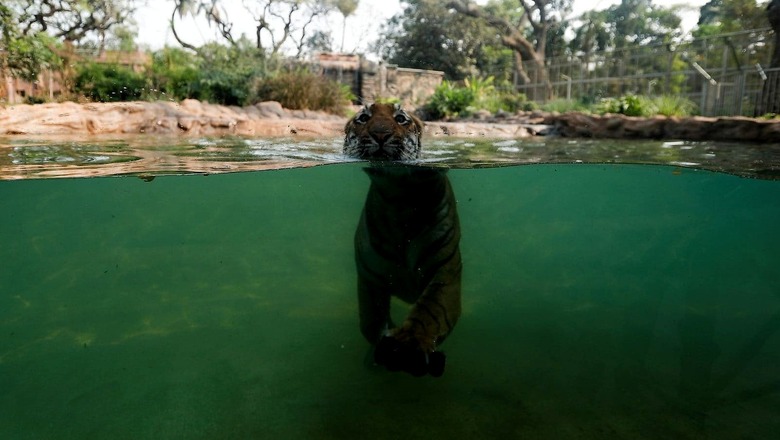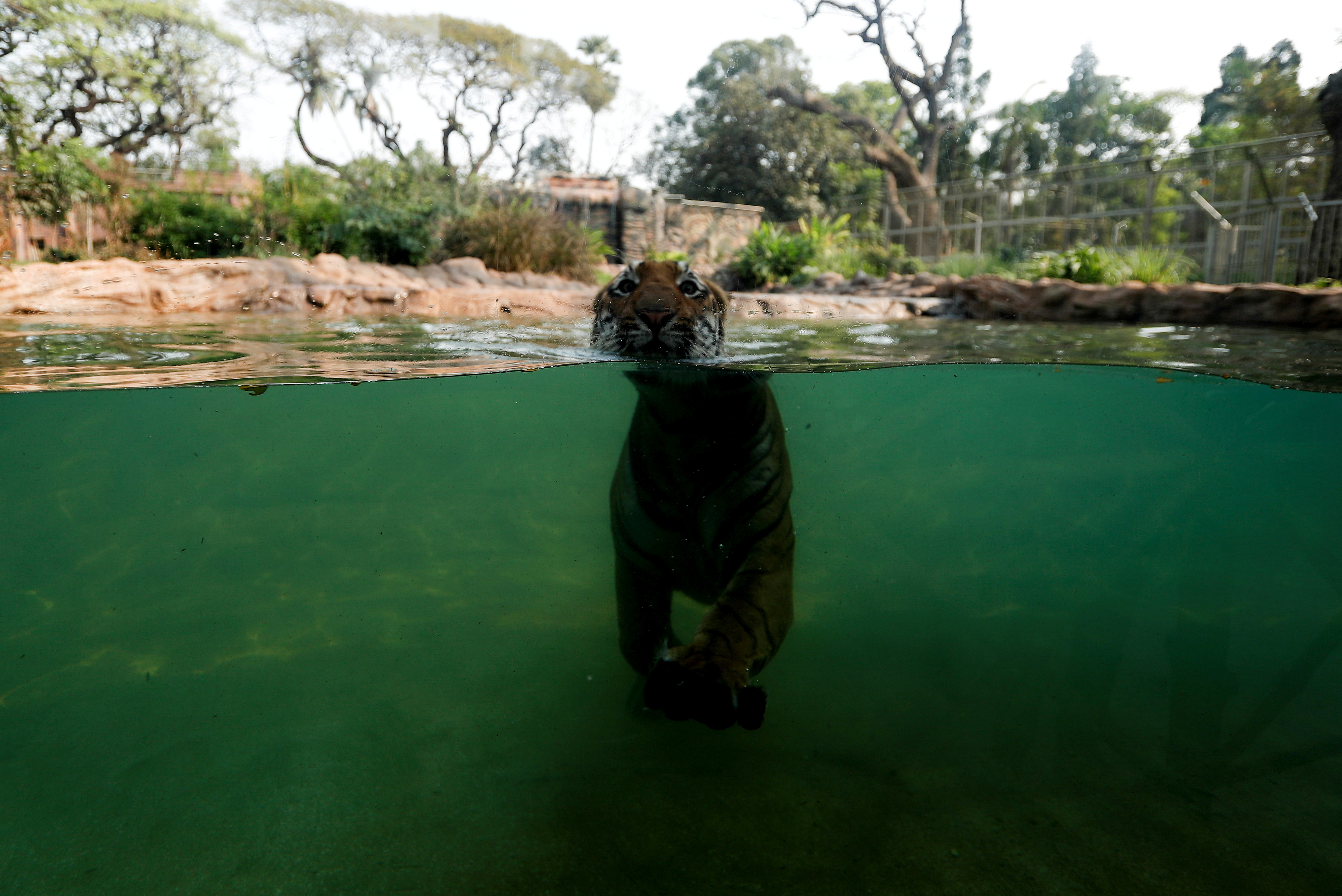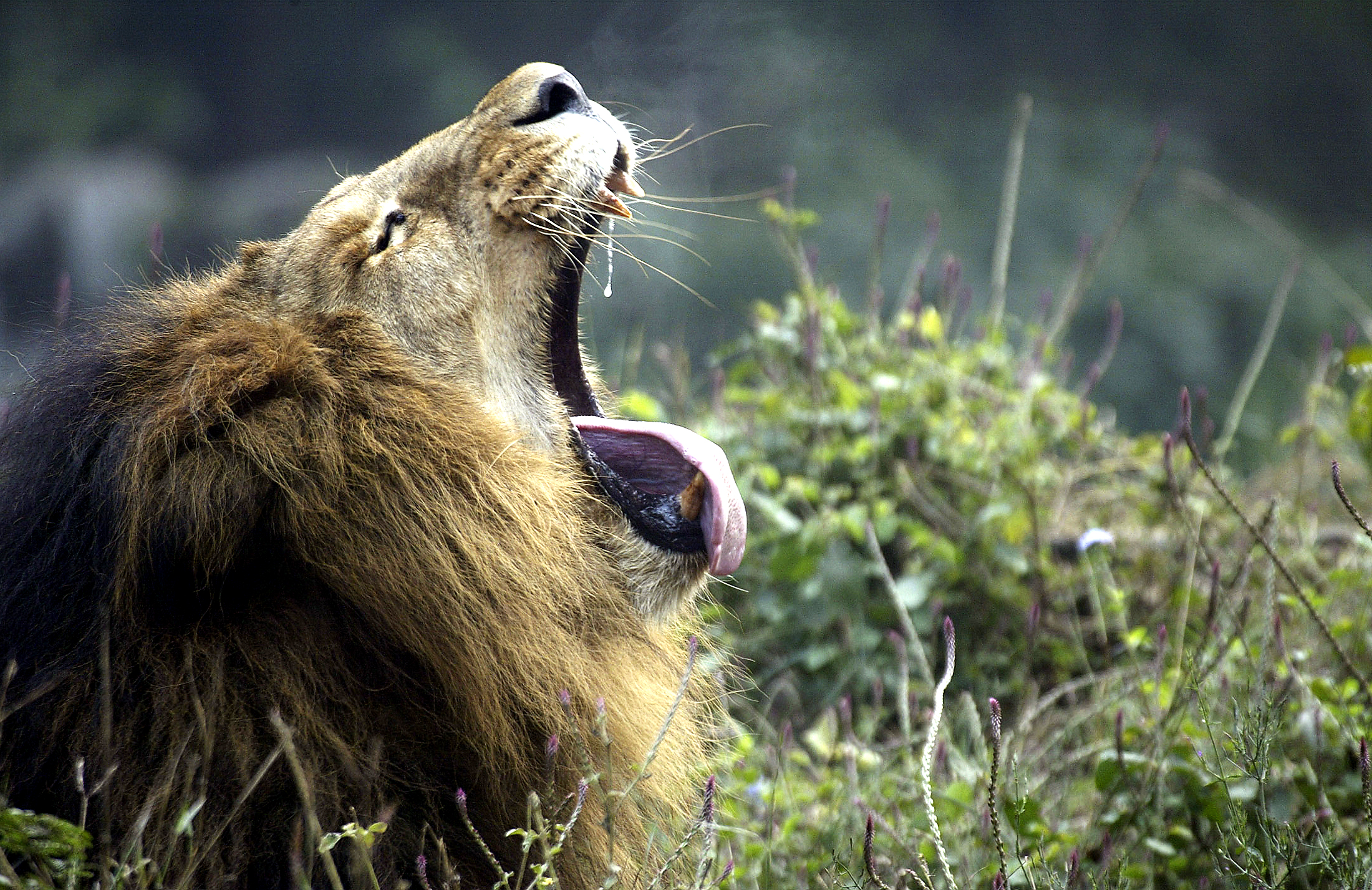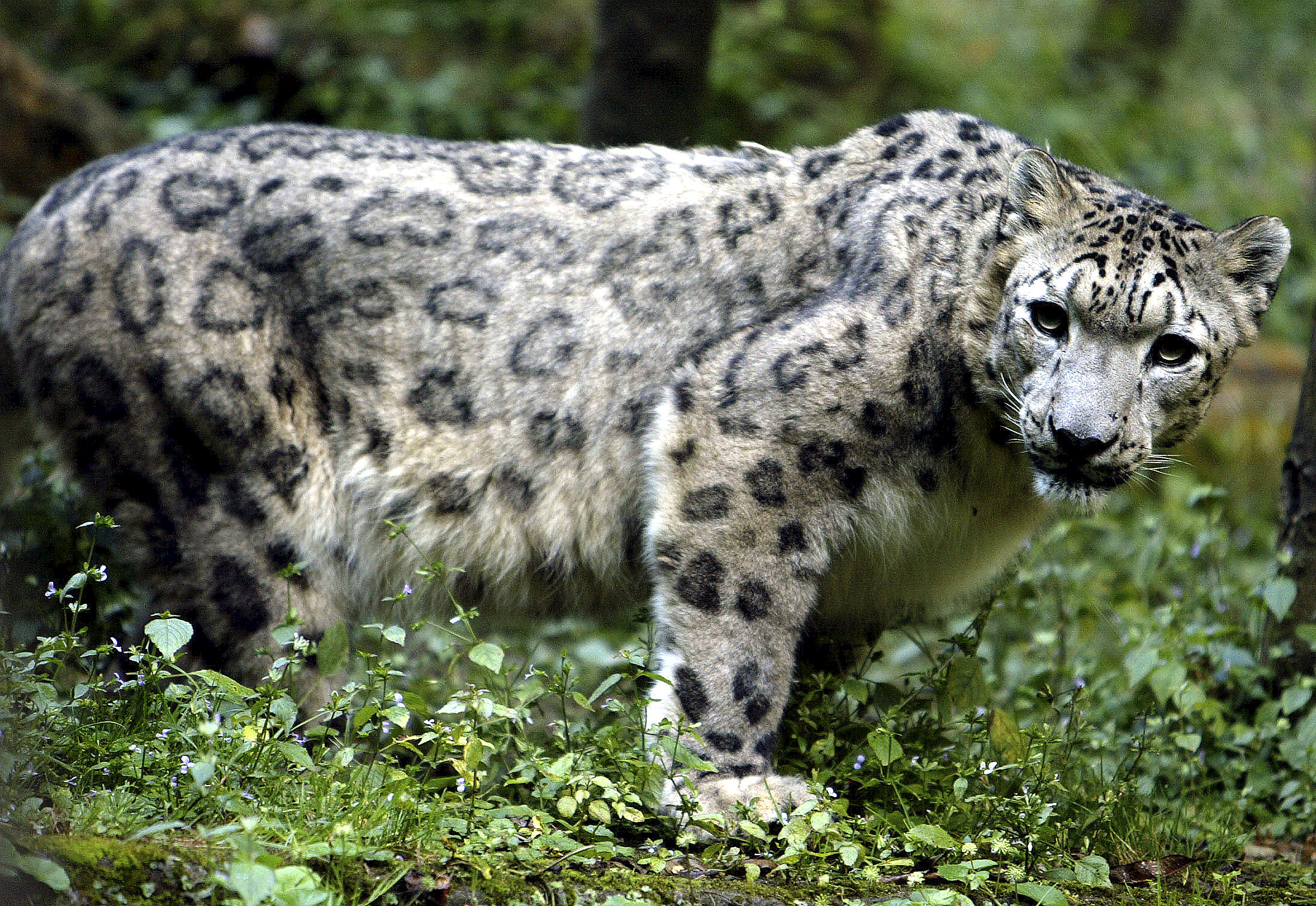
views
After much excitement over the arrival of eight cheetahs in India to reintroduce the feline back into the country, people are now keenly anticipating how the conservation programme goes, considering the many challenges up ahead for wildlife authorities.
Amid renewed interest and attention on wild cats, News18 takes a look at some of the felines found in India and around the world:
TIGER
The Royal Bengal tiger is India’s national animal and according to reports, the the largest wild cat species alive today. The distinguished population exists in India, and a few healthy populations exist in small pockets in Nepal, Bhutan, and Bangladesh, a report by WWF states.
The tiger population in India has recently stabilised after a dramatic decline over the last decade.
Interesting facts: Tigers, unlike leopards, are not good tree climbers due to their large body size. They can only climb large sagging trees. Tigers, on the other hand, are excellent swimmers and adore water. Tigers have been observed swimming between islands in the Sunderbans, according to the WWF.

Tigers are solitary and territorial, and an adult male’s territory may include two to seven female territories. It is a carnivore that hunts for prey primarily through sight and sound. It feeds on deer, wild pigs, bovids, and occasionally other predators such as leopards and bears.
Their status is endangered.
LION
Earlier, Asiatic lions lived from the Middle East to Bengal, India. However, they are now restricted to the Gir national park in Gujarat, with a current population of around 670, according to reports. Asian lions used to range from Turkey to Asia and eastern India, but with the spread of firearms around the world, they were hunted to near-extinction for sport.

Interesting facts: Asian and African lions are both slightly smaller. Unlike African lions, males do not usually live with their pride’s females unless they are mating or have a large kill, a report by the Zoological Society of London states.
One distinguishing feature of Asiatic Lions is the longitudinal fold of skin that runs along their belly. The African Lions lack this skin fold. Even Asiatic males are less social and avoid females unless it is mating season or they are sharing her kill.
Their status is vulnerable.
LEOPARDS
Leopards are renowned for their unique agility and adaptation skills. In 2015, 7,910 leopards were estimated to live in and around tiger habitat in India, with an estimated 12,000 to 14,000 leopards living throughout the country.

Interesting facts: Th stealthy creature is an excellent climber. Their bodies are covered in black rosettes (rose-like markings found on fur and skin). This rosettes pattern is unique to each individual and thus aids in their identification.
Their status is vulnerable.
JAGUAR
The term “jaguar” is derived from the word “yaguar,” which means “he who kills with a single leap.” The Jaguar, the largest cat in the Americas, has the strongest bite force of any wild cat, allowing it to bite directly through the skull of its prey.

Interesting facts: The jaguar has earned a prominent place in mythology and legend after spending their lives stalking the forests of the Americas with their sleek, mysterious frame. The word “yaguara” translates to “wild beast that overcomes its prey in a bound” in the Tupi-Guarani languages of South America. While references to jaguars have been well documented throughout South American history, the cats also have a lesser known place in prehistoric Native American cultures such as the Pueblo, Southern Athabaskan, and Northern Pima tribes of the American Southwest.
SNOW LEOPARDS
Snow leopards, as the name implies, live at high altitudes in the Himalayas.

Interesting facts: It’s a predator discovered at the highest elevation and due to its rigid hyoid bone, it’s the only big cat that cannot roar. Snow Leopard’s sturdy build allows it to scale large steep slopes with ease. Males weigh 45-55 kg, while females weigh 35-40 kg.
Their status is vulnerable.
Indo-Chinese Clouded Leopard
The Indo-Chinese Clouded Leopard, India’s smallest big cat, is secretive and known to keep a low profile in the wild. They are solitary cats that can weigh between 11 and 23 kg. Their coats have grey cloud-shaped marks, striped cheeks, and spots on their tails. They have the longest canine teeth relative to their skull of any cat species on the planet.

Interesting facts: These arboreal cats can hang upside down from their hind legs. Their large paws and sharp claws help them to maintain a firm grip on the tree, allowing them to ambush and prey on monkeys. Their cubs are even raised in tree hollows.
Read all the Latest Explainers News and Breaking News here




















Comments
0 comment